 |
| Kenji Tanaka, VP and Senior General Manager of Sony’s Business Unit 1, Digital Imaging Group, pictured at the Photokina trade show in Cologne, Germany last month. |
At last month’s Photokina trade show in Cologne, Germany we made time to speak to senior executives from several major manufacturers, including Sony. In a broad-ranging conversation, Kenji Tanaka talked to us about competition in the full-frame mirrorless market, the value of APS-C, and future plans for the a7S lineup.
Is there a customer group that you feel you could reach more effectively?
There are many customers in the field of photography, and we want to create products for all of them. Recently, we launched products for sports photographers. That’s just one example. One by one, we want to expand.
What is Sony doing that’s unique?
We are the world’s largest manufacturer of image sensors, and have developed many unique sensors. Looking at the Alpha 9, the stacked CMOS sensor is a good example of both a unique and innovative product. These kinds of things are a strength compared to our competitors.
But the stacked image sensor in the Alpha 9 is kind of like the engine in a formula 1 car. If you only had the engine, the car wouldn’t work. You also need good tires, a good chassis, and a good driver to control the machine.
Our vision is […] to expand the market
How do new competitive full-frame mirrorless cameras affect your planning?
I welcome the shift in the market. Our vision is not to move the customer [from DSLR to mirrorless], it is to expand the market.
I don’t know what the impact of [Canon and Nikon entering the full-frame mirrrorless market] will be but we remain focused on creating new customers. That is our priority. Honestly speaking, I don’t care about competitors, I care about the customers. If customers need more functionality, or more quality, we’ll try to do it.
 |
| The Sony a7 III is a high-performance full-frame mirrorless interchangeable lens camera aimed at enthusiast photographers and videographers. According to Mr Tanaka, Sony is more interested in expanding the market than in responding to what his competitors are doing. |
Is there anything that surprised you about the announcements from your competitors?
No, not really. I already predicted that Canon and Nikon would join the market, and even Panasonic. It wasn’t a surprise to me. But thinking about innovation in cameras, every company should join the mirrorless market, as this is where there is the most opportunity to innovate.
There are five fundamentals to mirrorless – lens, image quality, speed, battery life – some of our competitors especially struggle with that one – and compactness and light weight. These are areas that everyone is trying to improve, but right now I think Sony is in a good position.
Do you see any customer demand for sensors larger than full frame?
Right now there are a lot of things still to do with full-frame sensors, so at the moment I don’t have any ideas about starting work on new larger imaging sensors.
 |
| Sony’s 24mm F1.4 G Master is an impressively compact, but stunningly sharp full-frame wideangle prime lens. On Sony’s APS-C cameras, it offers an equivalent focal length of 36mm. |
We’ve been enjoying using your 24mm F1.4 G Master lens. Do you have plans to create more, smaller, lenses in this lineup?
Of course, yes. Some customers want small size as well as high quality, so that’s one of our targets.
Do you have any plans to release new APS-C lenses?
Yes, APS-C is a big market for us. Recently most of our new lenses have been full frame, but APS-C remains a key target.
What are the advantages of APS-C?
Mobility, and ease of use.
The APS-C market is very important for us, […] but we need to ask customers what kind of models they want.
What is your long-term strategy for APS-C and will we ever see another NEX-7 equivalent camera with dual dials ?
We have to get customer feedback. The dual dial on the NEX-7, some customers appreciated it, but some customers didn’t. The APS-C market is very important for us, so we will create new models in the APS-C market, but we need to ask customers what kind of models they want.
Do you think APS-C could be a professional format for Sony in the future?
Professionals have many cameras. Of course, full-frame is usually their main camera, but for a long time, they’ve also used APS-C as their second camera, so of course, APS-C cameras for professional use must exist.
 |
| Will we ever see another ‘professional’ APS-C camera from Sony, in the mold of the erstwhile NEX-7? According to Mr Tanaka, the strengths of APS-C are size and weight, and ease of use. But professionals do use APS-C cameras as ‘second’ bodies. |
Do you have a different design approach for APS-C and full-frame lenses?
No. Our strategy is unique – one single mount. For example, future APS-C customers might use our G-Master 24mm F1.4. So our lens design should be consistent for all types of models.
Do a lot of your APS-C customers buy full-frame lenses?
Yes.
Some Sony shooters tell us they want improved weather-sealing. Is that something that you’re working on?
Yes, of course. We’ve heard from many customers. We’re trying.
Someday the a7 III will come down in price and it’ll be easy to buy for anybody
Do you think the price of full-frame mirrorless cameras needs to come down, to make them more accessible?
I can’t speak about pricing strategy, but if we want to increase the number of customers, of course some will accept cameras in the $ 2000-3000 range, but others won’t. Recently, our a7 II was priced at around $ 1000. So I think our customers are pleased with our wide price range in full-frame.
Someday the a7 III will come down in price and it’ll be easy to buy for anybody. A lot of customers want the a7 III, but it will take time.
Why is Sony sticking to SD memory cards?
Memory card performance is related to image processing speed. Right now, processing speed is slower than SD UHS-II, so using SD is OK. But in the future, for example in any camera with 8K/30p video, SD won’t be enough. But for right now, SD is OK. Recently we announced SD ‘tough’ cards, for professionals that need more durability.
Why do your cameras use two card slots?
There are a lot of use cases for dual card slots. For example using one card as backup, or one for JPEG and one for Raw. Dual card slots are very useful to the customer, we think. Some customers are OK with just one card, but from our research we think that many people will want two slots.
 |
| The Sony E-mount is ‘open’, to the extent that other lens manufacturers can apply to use the standard. Sigma’s 70mm F2.8 Macro is one of a growing range of lenses from third-party manufacturers that are available in FE mount-compatible versions. |
How important are third-party lens manufacturers to your long-term growth?
As you know, the E mount is an open mount. And of course competition will happen. If the customer can choose between many high quality lenses, that is a good thing.
Can you describe your relationship with third-party lens manufacturers?
We have a contract, and if a lens manufacturer wants to create an E-mount lens, they apply to Sony. Then we disclose the specification to that manufacturer. Sony does not approve lens designs, we just disclose the mount specification.
We’re planning a future a7S model right now, but it will take time.
4K is becoming a standard across all categories now, and the a7S II is getting rather old. Are you still interested in this market segment?
Of course, yes. Our a7S II customers want to create many things, and to meet their demands we are thinking about creating a successor model. But the next model should of course be more than they expect. So we’re planning a future S model right now, but it will take time.
What do your existing a7S II customers want to see improved?
They want 4K/60p, 4:2:2 10-bit, and of course more battery power, increased AF accuracy – many things!
 |
| The Sony a7S II is aimed at videographers, but in the three years since its release, its capabilities have in some respects been superseded by more conventional a7-series cameras, and the a9. According to Mr Tanaka, an a7S III is on its way, possibly offering 4K/60p, but ‘it will take time’. |
Do you think it’s necessary for the a7S II successor to be a hybrid camera, or could it be a dedicated video model?
In my personal experience, the a7S II is a good stills camera. The pixels are very large, so the dynamic range is very wide. There is demand for still camera features I think.
You’ve said that artificial intelligence will play more of a role in future Sony cameras. Can you elaborate on that?
I can’t give you an exact answer, but we feel that AI is useful for many customers. Currently we’re planning upgrades to existing models, and of course future models that will contain new AI features.
Cameras should support creators. Focusing on eyes or focusing on other shapes is a very complex action. Photographers just want to think about composition, or capturing a moment. So I want to remove the need for focus manipulation, or other manipulation. When it comes to autofocus, Sony is very dedicated to developing AI.
Editor’s note: Barnaby Britton
Our meeting with Mr Tanaka last month followed Canon and Nikon’s long-awaited entry into the full-frame mirrorless market, after five years during which Sony effectively had the field to itself. When I spoke to him in Japan earlier this year, Mr Tanaka predicted that both companies would make the leap before the end of the year, and it doesn’t sound like he was surprised to see Panasonic joining in, too. Either way, in his own words, ‘I don’t care about competitors, I care about the customers’.
The a7 III isn’t going to become a poor camera once a future Mark IV version comes out
That should be encouraging news for users of Sony’s well-established a7-series and a9 cameras, who might be justifiably interested in what Canon, Nikon and Panasonic have to offer in the coming years. Also encouraging, for consumers willing to wait a couple of years before buying into new technologies, it seems that Sony will continue its strategy of keeping older models on the market at reduced prices. The last-generation a7 II is a bargain right now, and the a7 III isn’t going to become a poor camera once a future Mark IV version comes out, even if future AI-assisted cameras make photography even easier than it is now.
Speaking of AI, this particular comment is highly significant and worth quoting again in its entirety:
“Cameras should support creators. Focusing on eyes or focusing on other shapes is a very complex action. Photographers just want to think about composition, or capturing a moment. So I want to remove the need for focus manipulation, or other manipulation. When it comes to autofocus, Sony is very dedicated to developing AI“.
Mr Tanaka also had good news for fans of APS-C camera users, and users of the video-oriented a7S II. On the APS-C side, he admits that full-frame has been a major focus recently, but ” APS-C cameras for professional use must exist” and “APS-C remains a key target”.
Mr Tanaka’s list of customer requests serves as a strong hint at features that could make it into an a7S III
The a7S II is a highly specialized camera, intended to satisfy the needs of enthusiast and professional videographers. It’s been due for an upgrade for a little while, and Mr Tanaka’s list of customer requests serves as a strong hint at features that could make it into a Mark III version. Perhaps at next year’s NAB show in spring? Here’s hoping.
Articles: Digital Photography Review (dpreview.com)









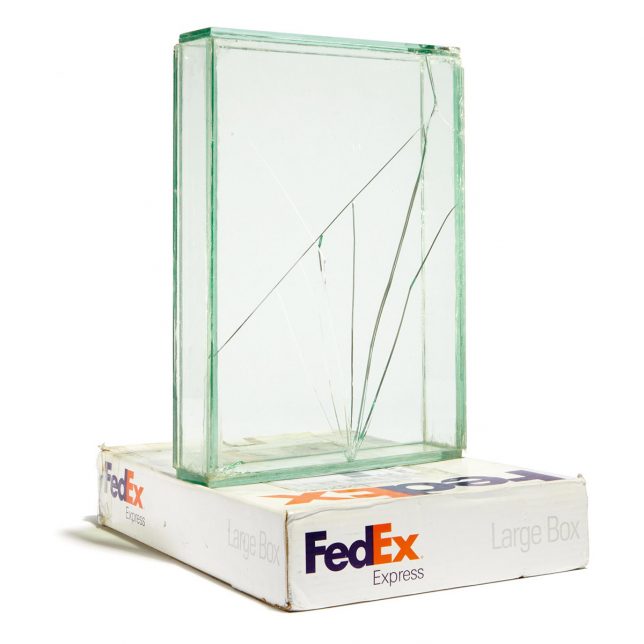


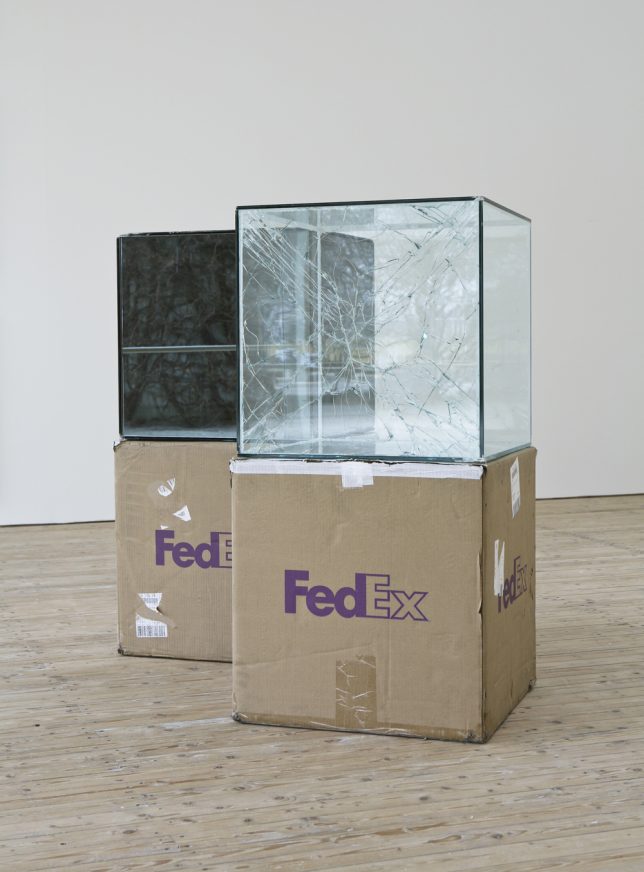
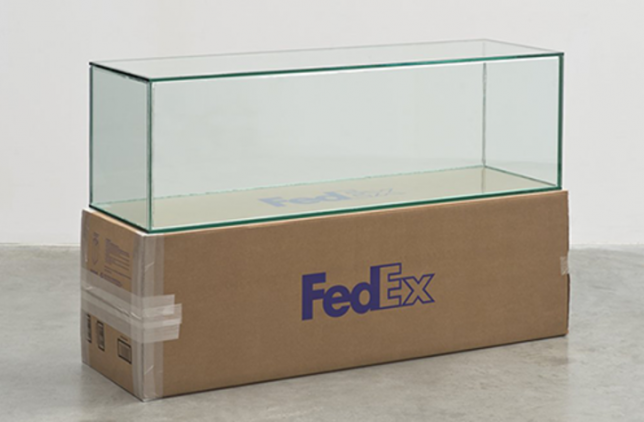
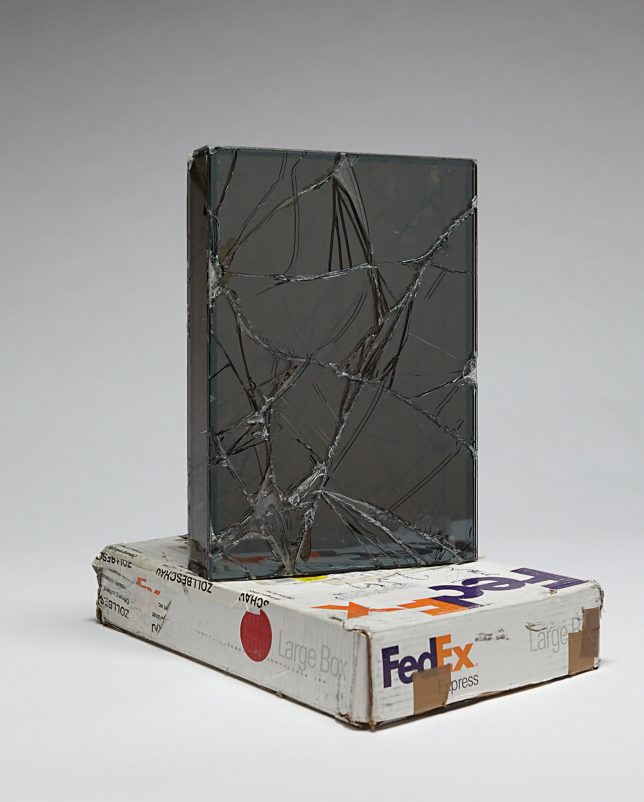


















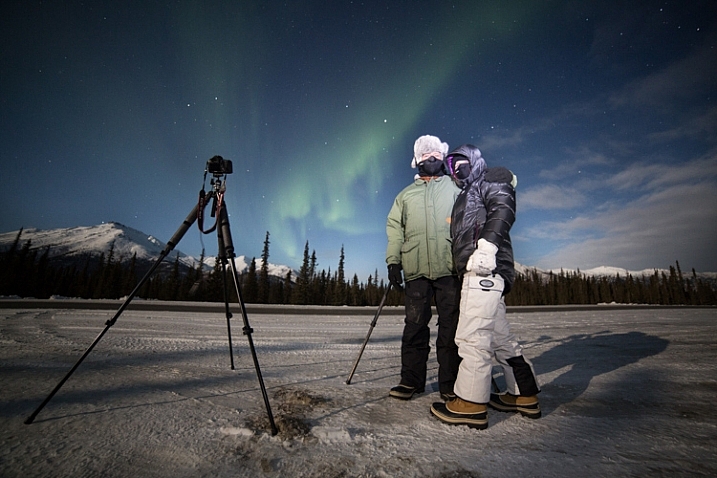

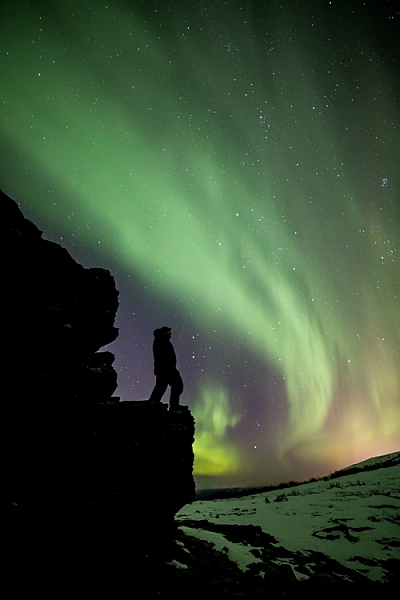
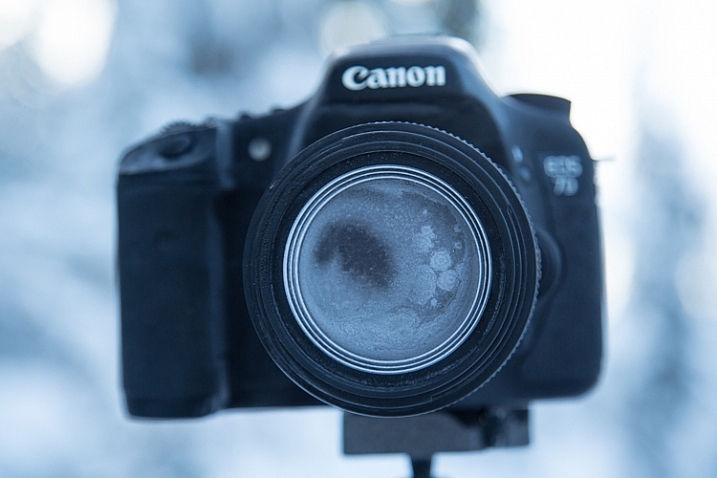
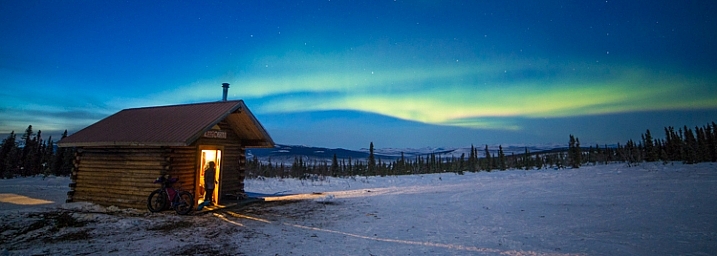
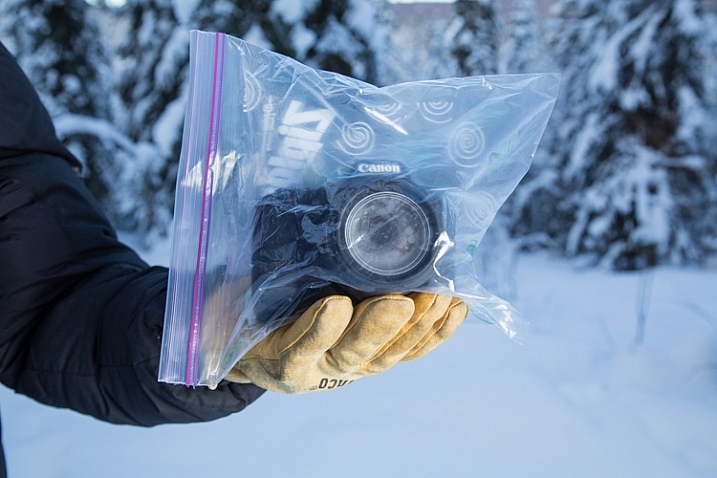



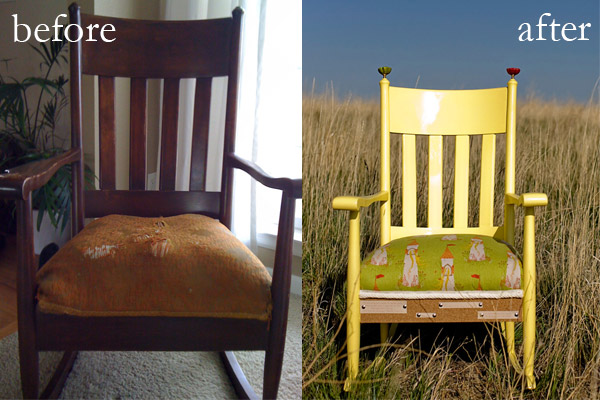




You must be logged in to post a comment.